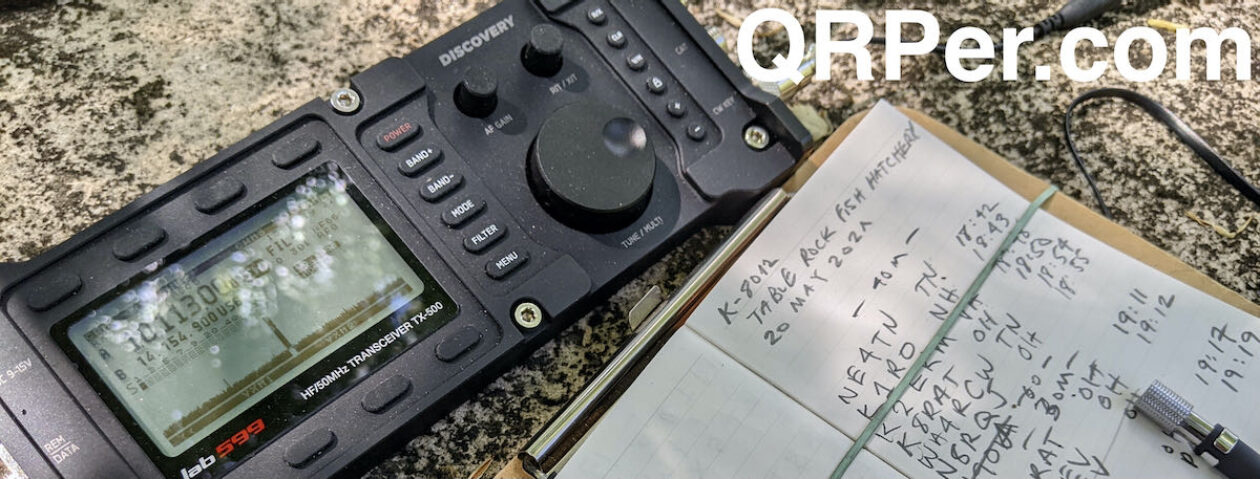 Many of you know I’m on the crew of the Ham Radio Workbench podcast. In fact, as of this month, I’ve been there a year now (my how time flies). Although it shows a certain lack of judgement on their part, I’m glad they invited me on board!
Many of you know I’m on the crew of the Ham Radio Workbench podcast. In fact, as of this month, I’ve been there a year now (my how time flies). Although it shows a certain lack of judgement on their part, I’m glad they invited me on board!
On October 9, fellow HRWB crew member, Mark (N6MTS), pitched an idea to us via email:
“What do y’all think about doing an HRWB On The Air event?”
We all agreed it sounded like a great idea. Things like this normally take a year’s worth of planning, promoting, and organizing. Not when Mark’s in charge, though.
Next thing we know, Mark had us sorting out the best date/time (December 3, 2023/1800-22:00UTC) for HRWBOTA and even reached out to some amazing volunteers who helped put together a website and spotting page.
Holy cow!
December 3, 2023
I planned to operate the entire four hour event period from Lake James State Park (K-2730) since it would be an easy detour en route to Hickory, NC (where I was staying that night). Of course, each contact would could for both HRWBOTA and POTA.
The previous day, however, I learned that one of my daughters had a meeting in downtown Asheville from 18:00-19:00 UTC. She doesn’t have a driver’s license yet, so I had to take her. Had it not been an important meeting in advance of her finals, she would have skipped.
This really threw a wrench in the works. I knew that by the time her meeting ended and I dropped her off at the QTH, the earliest I could be at Lake James was 20:15-20:30 or so.
How could I increase my on-the-air HRWBOTA time?
KH1 to the rescue!
Since the Elecraft KH1 was packed in my EDC bag, I decided to play a little HRWBOTA in the parking lot behind the meeting building.
I wasn’t sure what to expect to be honest. I wasn’t spotting myself anywhere but the HRWBOTA spotting page, and I was limited to the 15, 17, and 20M bands with the KH1’s 4′ whip antenna.
I spotted myself, hit the air and started calling CQ HRWBOTA!
In the span of about 45 minutes, I managed to log a total of 15 stations! Not bad considering I was standing in an urban parking lot, swimming in QRM, and going QRP!
I didn’t make a video of this part of the HRWBOTA activation–sorry about that if you worked me then. I needed every moment of on-the-air time I could grab. Here’s my log sheet:
Lake James State Park (K-2739)
I legged it to Lake James after my daughter’s meeting–in fact, to save time, I started my activation video while I was still in my car driving on I-40.
I arrived at Lake James, parked, plugged in the car, grabbed my gear and made my way to the picnic area next to the lakeshore. It wasn’t hard to find a site with a tree that might support my KM4CFT 30/40M linked EFHW antenna.
I include the full antenna deployment and station set-up in my (rather long) activation video below. Continue reading Ham Radio Workbenches On The Air (& POTA): A short field report and a very long activation video!






























































